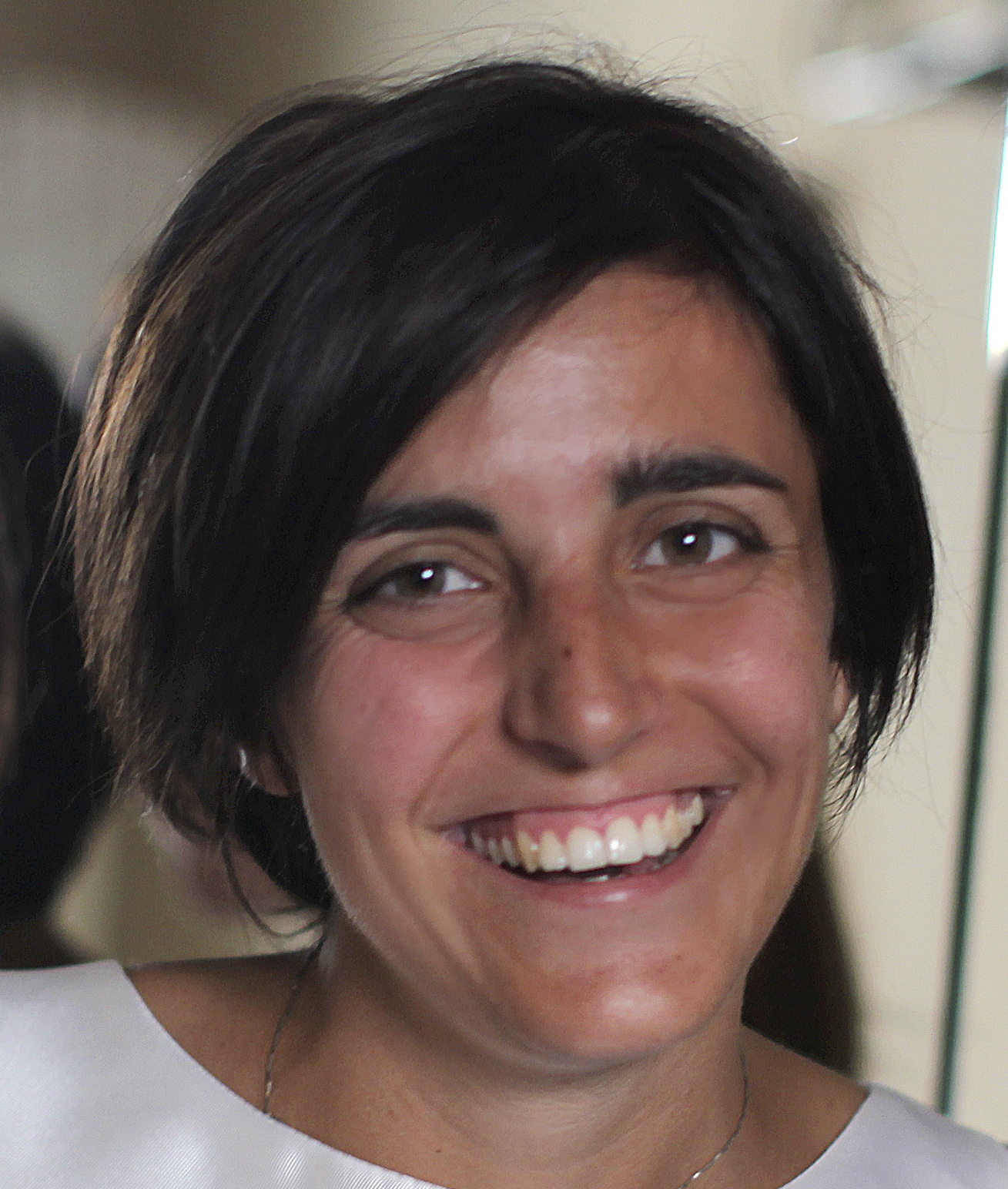
Rimani sempre aggiornato sulle ultime novità
Editor and journalist Mara Varisco tells us about the today's constant ferment market of children's magazines.
Over the last 10 years, the world of children's magazines has become increasingly populated as the international community seems to have realized that youngsters need something beautiful and unique. This has led to the development in many countries of kids’ magazines whose focus on graphic art and illustration has become the benchmark for reading material exclusively for young readers.
The mission of the largest children's magazine publishers is clear. In the UK, Anorak and Dot define their aim as encouraging “children to tap into their imagination, (and) use their creativity to learn…”.1 The main objective of the Spanish magazine Kiwi is to “improve visual education during childhood as a tool for developing critical thinking and diversity”,2 while the mission of the Dutch Maki Magazine is to encourage children to 'explore, read and watch'.3
Magazine sales soared during the Covid19 pandemic, probably due to the amount of time children and their families were housebound. As Martina Recchiuti put it: “The lockdown produced a great demand for information”4 by both adults and children, and a general need to learn and discover.
Today the new normal is a market in constant ferment as an increasing number of products for children are released. Magazines all over the world have struck up partnerships, exchanging articles, information and professionals with the aim of producing uniquely varied and entertaining kids’ magazines.
Similar too are the distribution methods and channels, with a printed product being by far preferred to a digital version. Subscription is also the preferred distribution channel, ensuring the bulk of all magazine sales. Subscribers form a community of loyal readers, around which the magazine builds and develops. Jorge Garcia Valcárcel notes that “magazine publishers put in a lot of effort to reach out to child readers and their parents”5. Indeed, this is why publishers tend not to be interested in buying rights to children's magazines, preferring the much easier-to-manage book. Martina Recchiuti echoes this: "I do not believe that there is a real international market, because there are sections of every magazine that would not work elsewhere".6
In fact, each magazine, is structured to suit the particular contents designed by its editorial staff, e.g., comics, short stories, informative articles, ideas, reading suggestions, etc. A feature that all kids’ magazines have in common is the comments and correspondence section between the editorial staff and its readers. It is a way of building trust and mutual exchange, engaging with readers and creating a lasting relationship with them. But apart from the work for the editors, it is especially a sharing of values and cultural norms. As a result, "although a magazine takes in global themes, editors in the different countries are reluctant to opt for a magazine with an international readership since it would be highly complicated to manage."7
This does not, however, mean that magazine editors each go their own way in terms of content. On the contrary, there is great collaboration between editorial offices around the world. Martina Recchiuti notes that her magazine has "copyright contracts with some large newspapers for a certain number of articles per year; with others, we have contracts for one article per month, while with others again, we publish articles according to our needs".8 The same sort of cooperation and exchange exists when it comes to illustrators. "Working with international illustrators is very easy”, says Jorge Garcia Valcárcel, “as we have fixed contacts with the magazines allowing us to exchange collaborators".9
Putting together a children's magazine entails a considerable investment of both time and money, which today some publishers have found impossible to sustain. Libor Pešl declared: "We have been forced to stop publishing the magazine because of the excessively high costs."10
However, as mentioned, there is a great international buzz and interest around creating beautiful, worthwhile products that children will enjoy and learn from. Resources and information are widely exchanged among publishers, which could lead to the creation of a product conceived from the outset with an international reach. Indeed, perhaps the only way to pass beyond the intrinsic limitations of kids’ magazines today and turn them into strengths would be to develop a product conceived from the outset as destined for several different countries.

There is a great international buzz and interest around creating beautiful, worthwhile products that children will enjoy and learn from
After a degree in Letters and a master’s in Publishing, Mara Varisco worked on the editorial desk of several publishers. Following further experience, this time in the children’s games sector, she now works for a company developing child-friendly technology, and collaborates with a literary agency dealing in children’s, YA and crossover books.